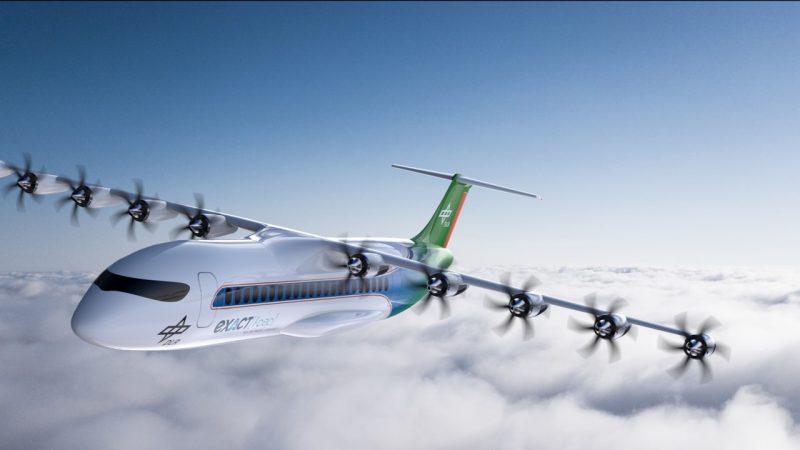
©DLR 800x450 1
Having just returned from the Dubai airshow, we have a revised view on commercial aviation sustainability and the focus on “Net Zero” by 2050. Let’s sum up – fuhgeddaboudit.
If you have any appreciation of what it takes to innovate and then get that innovation past regulators, you will appreciate the path that lies ahead. Regulations are growing more difficult not easing up.
The idea of moving commercial aviation to a cleaner footprint is a good goal. But bear in mind the industry has reduced fuel burn per passenger by about 50% over the past two decades. How many other industries can claim such a performance? Not the concrete business: Concrete production is responsible for 8% of global greenhouse gas emissions, and as populations continue to grow, demand for concrete continues to rise. The production of concrete is also a major contributor to local air and heat pollution. We don’t hear anywhere the same level of hysteria about this industry. The US EPA is on to them though.
This past week we had a conversation with Pratt & Whitney Canada about their new engine, the PW127XT. They are proud of the ability to cut fuel burn by 3% while also boosting on-wing time by 40% and reducing maintenance costs by 20%. In any other era, this achievement would have the world cheering. P&WC spent “hundreds of millions of dollars” to get this improvement. That is the nature of the business – every percent of improved fuel burn, with associated reductions in pollutants, costs a fortune.
The reason for the muted response is the current focus on hydrogen and electric power. Which is unfair for the firms that have a track record of delivering progress. P&WC has been building industry-leading turboprops for some 60 years. There is nothing about the aero-engine business they don’t know — including hydrogen and electrical power. They are doing a research project on a hybrid engine and doing this on an aircraft of commercial size.
To move towards hydrogen as a fuel source has two paths: an initial use of fuel cells and then burning hydrogen as a fuel. The switch from the former to the latter is a moving metric – the fuel cell approach works for small aircraft and larger aircraft will burn hydrogen. As we saw in last week’s announcement from Embraer, they are going to start with fuel cells. Embraer sees a regional aircraft using hydrogen by 2050. That is ~30 years from now. Embraer admits that what they announced is conceptual and they expect this to evolve over time.
If one does a review of any proposed solution that uses electrical power or hydrogen, notice that they mostly have propellers. Why? Because this remains the most efficient option. The Airbus NetZero fleet shows jet engines on the larger models and it’s not clear what engines will be used. But they start with props.
Sustainability is all the rage in Dubai – none dares to challenge the new religion. But during quiet moments insiders roll their eyes. The promises being made are not going to be delivered by those making the promise. And they know it.
The truth is this. SAF is the way forward and requires massive (more massive than you can imagine) infrastructure and supply building. Boeing has been the most honest, consistently talking about SAF as step one. It’s true chicken and egg – who moves first? The way forward requires state-level involvement to encourage energy firms to step up. Meanwhile, geniuses out there looking to make a fortune should be cornering the trash business as a feedstock. That is a great place to find the messy stuff that can be turned into SAF. The current SAF supply is way under 1% of what the industry needs today. There is likely to be at least 50 years of SAF demand ahead for commercial aviation. That is a nice period to earn a great return.
SAF will power the turbines flying today and the turbines being sold for the next 20 years and more. No overseas flights are going to use anything else other than SAF or Jet-A for decades. At 100% SAF aircraft will produce less pollution and be as clean as we can make them. Until something else comes along. But that will likely be way beyond 2050. Unless there’s some miraculous breakthrough. But even miracles need to be certified.
So, while all the attention is focused on hydrogen and electric power, the SAF reality is closer. SAF is the solution and that is where the attention should be focused. Future solutions for aircraft with under 50 seats flying under 500 miles can look to hydrogen and electricity. As anyone in the industry knows, this is a tiny segment of the business. But it’s getting an inordinate amount of attention.
Views: 4




